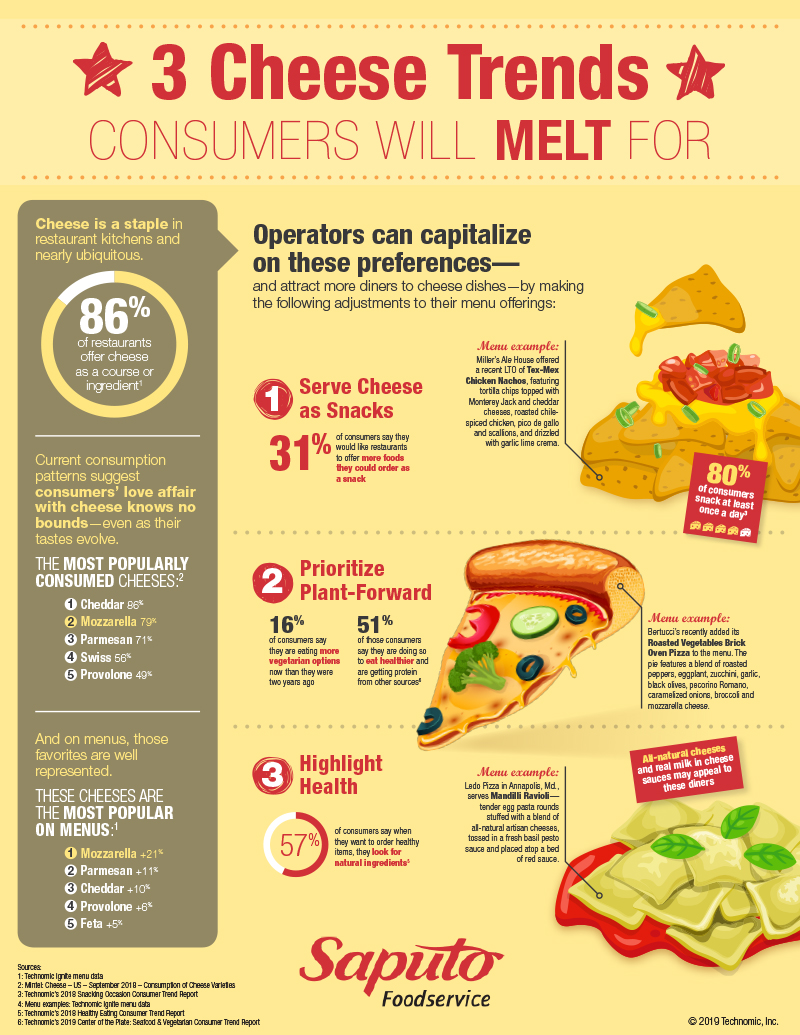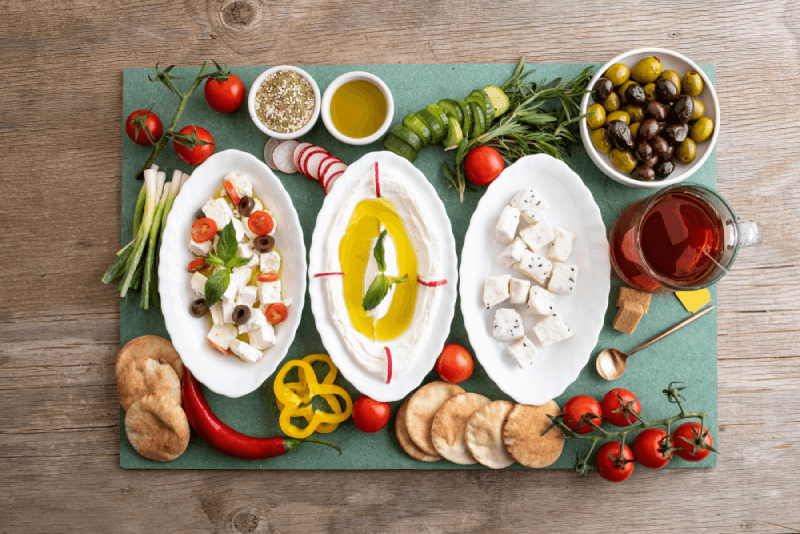Third-party delivery providers can be a blessing for restaurants that don’t want to handle the process internally or a huge customer service headache—depending on how the relationship is structured.
Saputo Foodservice
Recent Posts
Delivery Test Drive: What You Should Know
Grilled Cheese: How to Make the Most of This Classic
The grilled cheese sandwich—stretchy cheese oozing from between two crispy slices of bread—is everywhere, from food trucks to fine dining, and has been tried with nearly every ingredient imaginable.
Safe Space: Follow These Sanitation and Hygiene Best Practices to Minimize Coronavirus Risks in Your Operation
Food contamination, sanitation and employee hygiene need to be an ongoing priority for businesses that serve food and beverages to prevent the dissemination of disease-causing germs.
Regional Pizza Rising: How Diverse Styles Are Keeping Pizza Popular
An Italian classic, pizza has long been an American favorite. In fact, 43% of American consumers surveyed by Technomic say they eat it at least once a week.
In recent years, many of these frequent eaters have become “pizza connoisseurs,” with nearly half of them expressing a desire for more variety and authenticity in their pizza.
Something from Nothing: How Zero-Waste Cooking Could Make You More Profitable
Clearly, delicious menu items can help you attract customers. What you might not realize, however, is that the food you don't serve can persuade diners as much as the food you do.
Earn Customers’ Love on Valentine’s Day with Cheese
Restaurateurs have reason to love Valentine’s Day: It’s typically one of the most popular holidays to dine out.
In 2018, reservations for Wednesday, Feb. 14, were 433% higher compared to other Wednesdays in February. Overall restaurant sales were 32% higher, and eateries made 7% more on online orders.
In 2019, Americans planned to spend a whopping $3.5 billion on an evening out with their sweetheart, according to the National Retail Federation. Both men and women said their top choice for a Valentine’s Day gift would be a romantic dinner.
3 Cheese Trends Consumers Will Melt For [Infographic]
Even though cheese is already widely available across menus, customers are still asking for more. From healthy recipes to plant-based options, now’s your chance to get in on this opportunity with three new trends consumers will love.
Topics: Cheddar Cheese, Menu Strategy, Pizza, Applications, Fresh Mozzarella Cheese, Traditional Mozzarella Cheese, Parmesan Cheese, Consumer Trends & Insights, feta cheese, provolone cheese, swiss cheese, Flavors & Ingredients Trends & Insights, Health & Wellness Trends & Insights, Plant-Based & Plant-Forward, Snack, All-Natural
A Very Dairy New Year: How to Keep Cheese on Dieters’ Plates
Every new year brings new resolutions, often along the lines of “eat better,” “exercise more” or “lose 10 pounds.” Such good intentions often lead consumers who are restricting their diets to make incorrect assumptions about what they should and shouldn’t eat. And that can make things challenging for foodservice operators—particularly those with cheese-forward menus.
Inside the Fine Art of Artisanal Cheesemaking
Long ago, a shepherd riding across the desert with milk stored in a vessel made of an animal stomach, may have discovered cheesemaking. Enzymes from the stomach, along with heat, would have converted the milk into cheese. “I can’t imagine [it] was delicious, and that [illustrates] the central advancement of modern cheesemaking,” says Molly Browne, education manager of Dairy Farmers of Wisconsin. “With state-of-the-art technology, equipment, and environmental controls, today we can create cheese that is both nutritious and tasty.”
Taste the Next Big Global Food Trend: Levantine Cuisine
Americans adore Italian food. They crave Chinese, Thai and Japanese fare. They’re wild about Mexican cooking. And more recently, they’ve fallen in love with Indian, Vietnamese and Filipino flavors. If you’re hungry for the next big ethnic food trend, you’ll need to learn a word you may have never heard before: Levant, which refers collectively to eastern Mediterranean countries such as Cyprus, Jordan, Lebanon, Israel, Iraq, Syria and Egypt, as well as parts of Turkey.














